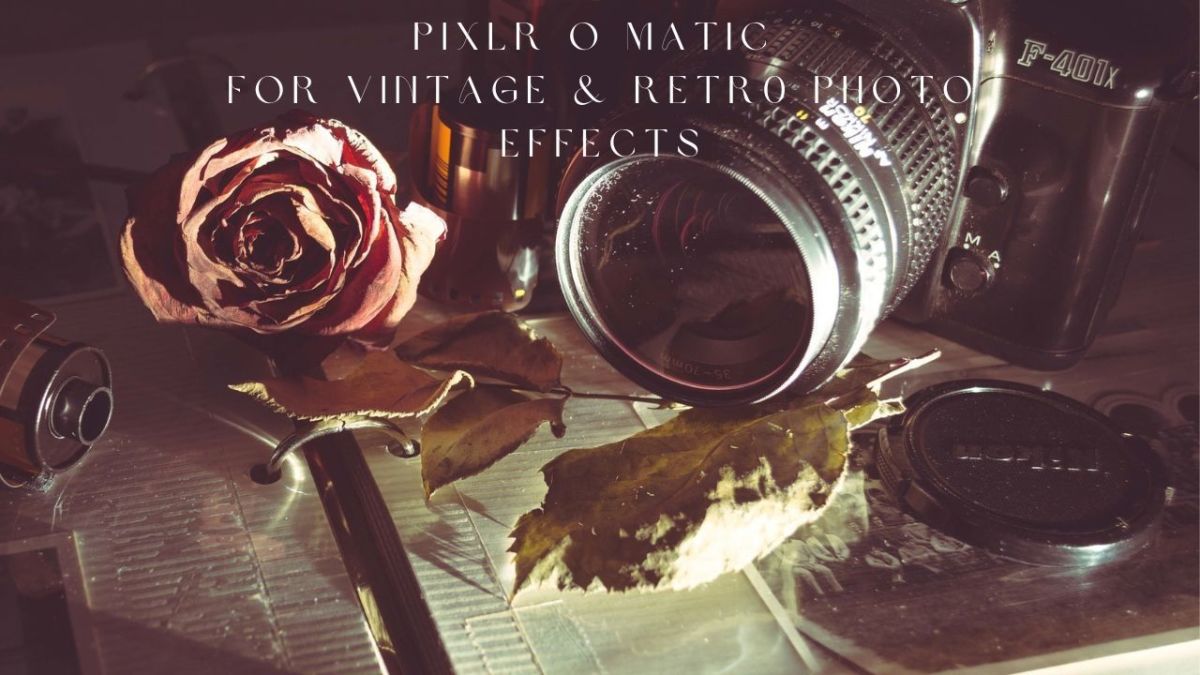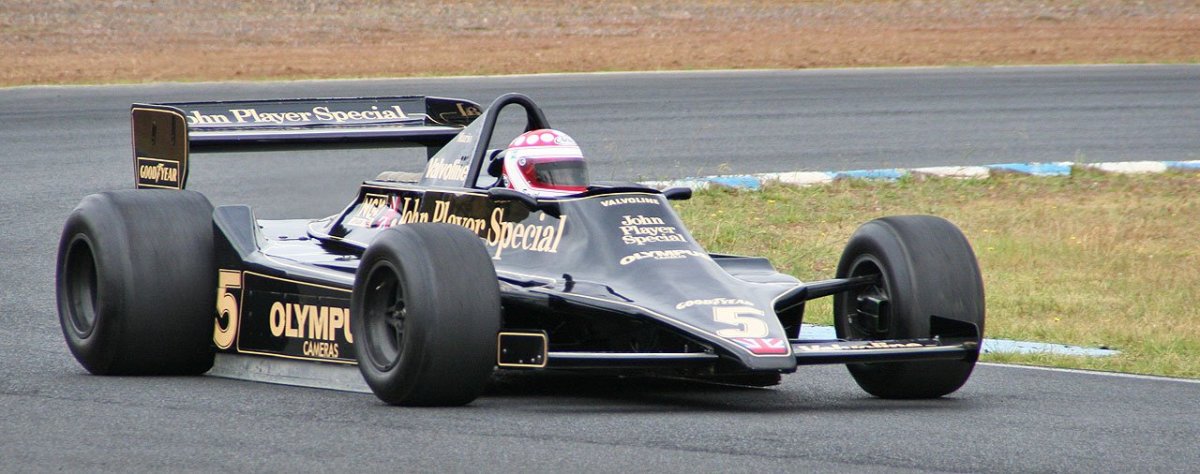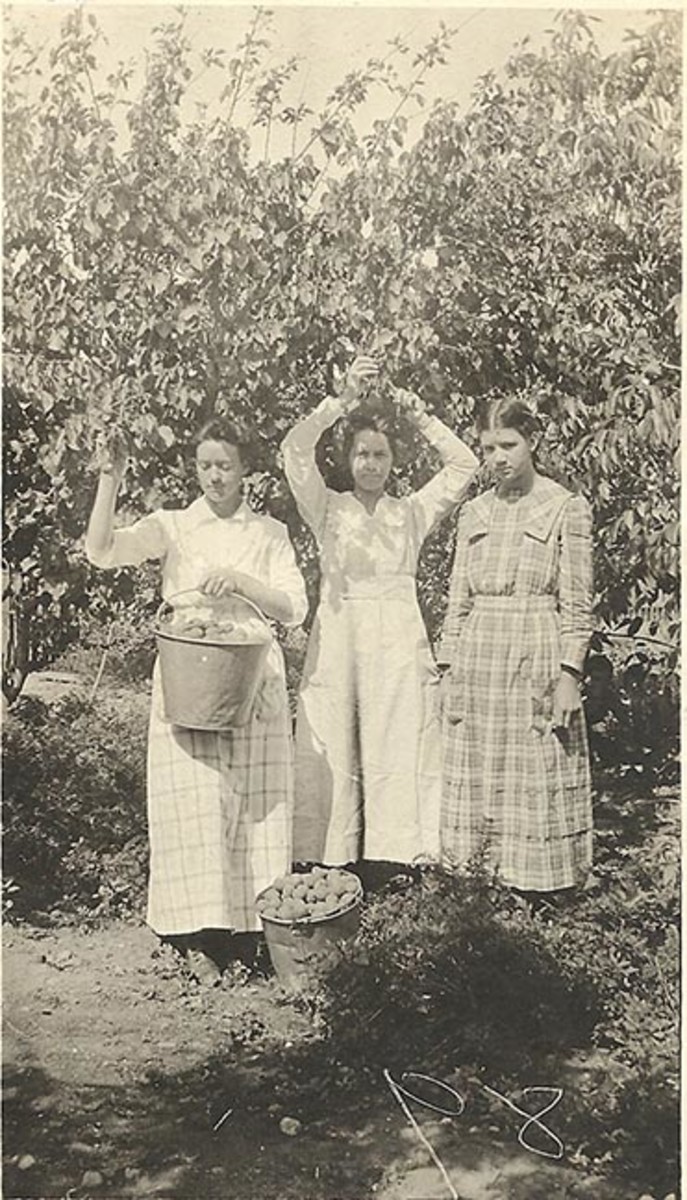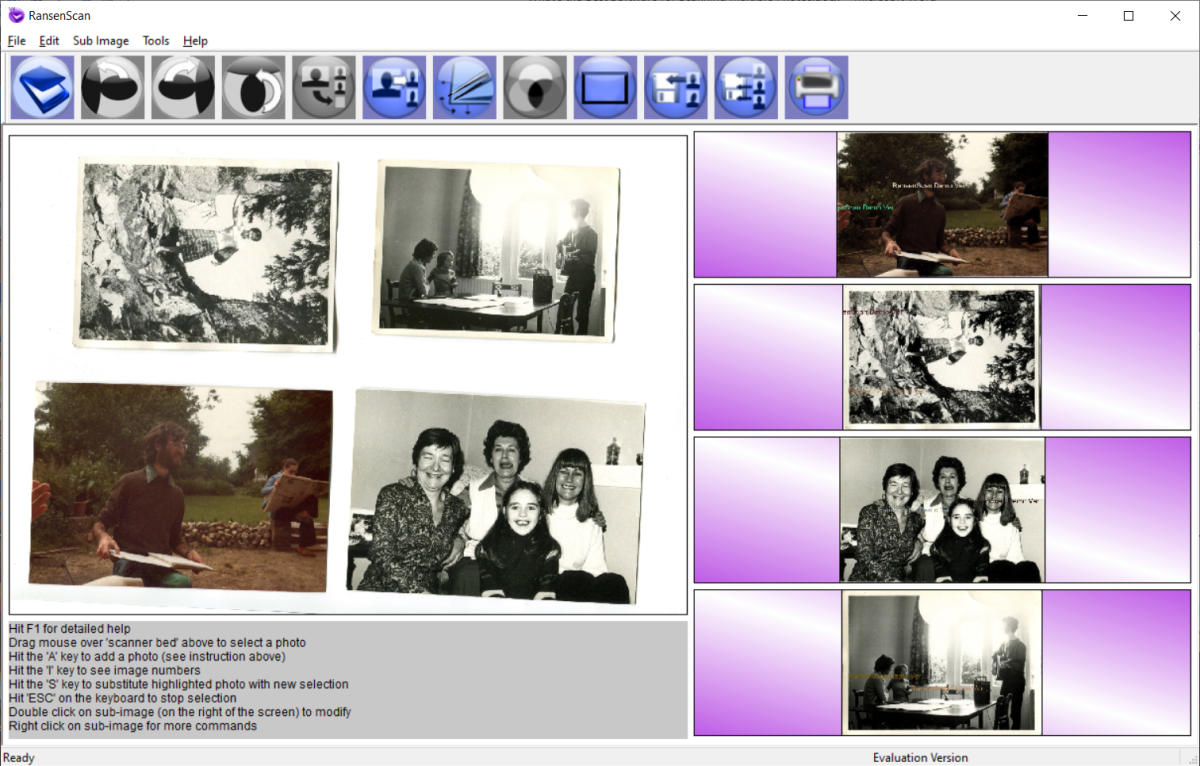- HubPages»
- Technology»
- Computers & Software»
- Computer Software
How to Apply Post-Production Camera Effects in iMovie

Adding Post Production Camera Effects in Apple's iMovie
Want to take your projects to the next level? Here’s how to add iMovie’s finest effects. They say the camera never lies, but thanks to the latest iMovie it can embellish the truth somewhat. While your iOS 7 device is almost certainly equipped with a formidable lens for capturing stunning video, it’s always nice to apply some polish in post-production. That’s why iMovie on iOS offers some versatile camera effects you can add to any sequence.
With just a few swipes and gestures anyone can transform a perfectly reasonable piece of footage into something more dynamic and exciting. What’s more, those familiar with iMovie on Mac will be pleased to find many popular favourites making the leap onto smaller screens. So in this guide we’ll show how you can discover and use effects including the classic Ken Burns, picture-in-picture, side-by-side split-screen and more.
Step by Step: Discover iMovie's Camera Effects
1 Setting zoom levels
Start by adjusting zoom levels on clips. With a clip selected in your project, tap the plus sign magnifying glass button in the viewer pane. Simply pinch the frame to zoom in and out.
2 Default Ken Burns
iMovie uses the Ken Burns effect to add movement to still photos. Add a single photo and drag out over an ample duration. Click the play button to preview the default effect.
3 Photo movement and zoom
You adjust the Ken Burns effect by pinching to zoom and dragging to move the photo in the first and last frames. Then tap the dotted square Ken Burns icon to confirm the effect.
4 Overlay effects
iMovie lets you add clips running side-by-side. With one clip already in your project, add
another using the three-dotted button and the ‘Cutaway’ icon showing two overlaid clips.
5 Picture-in-picture mode
With video selected, use the overlay buttons to select picture-in-picture. This places one clip in a pane within the other. Tap the bi-directional icon to move, resize and zoom the box.
6 Split-screen mode
Tap the third overlay effect button to switch to split-screen effects. By default the screen divides vertically, however a new set of buttons lets you flip the clips and set the split to run horizontally.
ADDITIONAL EFFECT OPTIONS
Face detection
The default Ken Burns is configured to detect faces and keep them in the viewing area. This only works based on the photograph’s subject and you can still adjust manually.
Overturn the Burns
You can override and remove the Ken Burns effect on photo clips. This is achieved by setting first and final frame states so they are identical by using the Start and End buttons.
Cutaway option
The first overlay effect is the cutaway, and only observable when the primary clip exceeds the second. With the two in parallel, the timeline cuts away to the second.
Reset adjustments
Frame and zoom adjustments are all largely handled by pinching or dragging. To undo manual changes and revert back to defaults, simply double-tap the magnifying glass icon.
USING CAMERA EFFECTS
iMovie for iOS has plenty of tricks up its sleeve
Knowledge base
The Ken Burns effect
This technique is named after a trademark style of American director and documentary filmmaker Kenneth Burns. It essentially consists of a slow motion zoom and camera pan across still photography, most effective when placed within larger sequences of film. Apple continues to make the effect a staple in iPhoto, iMovie and Final Cut, along with your OS X screensaver!
Overlay clips
Cutaway, picture-in-picture and splitscreen effects may only be enabled when pairs of clips overlay each other. This is apparent when clips appear stacked in parallel within the timeline panel as shown.
Positioning options
The arrowed bidirectional icon suggests movement of the clip within the frame by dragging it into position. The magnifying glass icon is used for setting camera zoom using pinch gestures.
Overlay preview
Here we see the picture-in-picture overlay effect selected, showing the video clip in the floating box. During playback both clips play simultaneously in the viewer over the specified duration.
Screen effects
These two buttons enable you to toggle between picture-in-picture and split-screen modes. With splitscreen selected, a further pop-up of four icons appear to define vertical or horizontal configurations.
Default Cutaway
When two clips are overlaid the default effect is Cutaway. This means playback will switch from the first clip to the second for the duration that the two clips overlap on the timeline.








